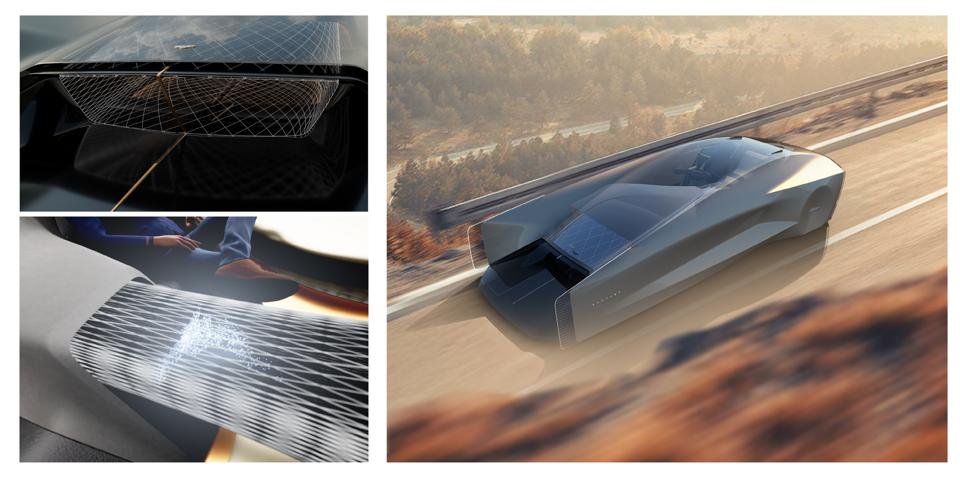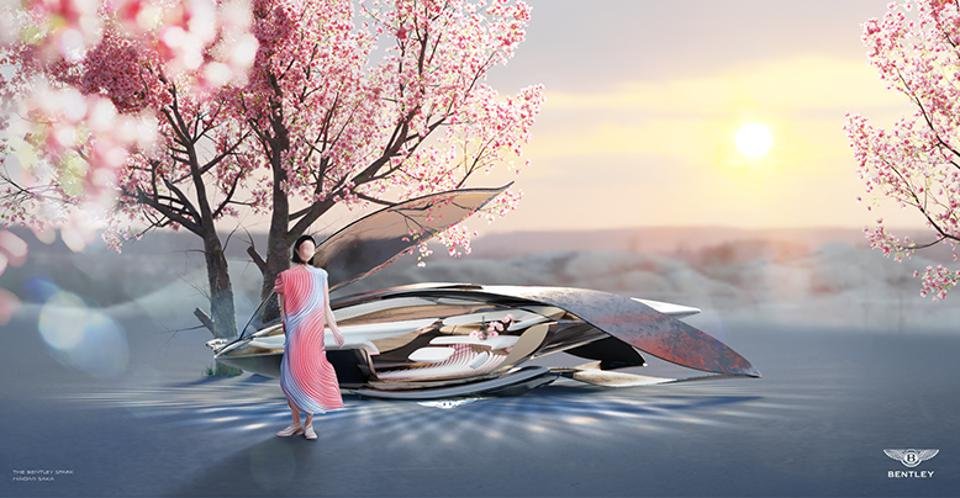Sustainable Luxury in the Future: A Discussion between Bentley and the Royal College of Art
Speculation abounds about where luxury automobiles are headed in the near future. The design and function of the automobile in the post-combustion era, and its impact on society as a whole, are topical issues. Because of this, Bentley has enlisted the help of Intelligent Mobility MA students at the Royal College of Art to reimagine the future of luxury for the brand.
Students at the renowned London university were given a brief that requested them analyse how future cars may be made to change and improve through time. They were entrusted with using intelligent design to rethink the automobile and determine its potential for fostering a more reciprocal connection between humans and machines. The created, regenerative, and influencing worlds are the three interrelated research environments reflected in the eight chosen projects.
students examine the process of creating and the ways in which a handcrafted product, a material relationship, and specialised knowledge allow for a new mode of expression. Entropy, the recognition of the more ephemeral, impermanent, and changing character of constructed things, is another concept brought up by the topic.
Undergraduate student Shoichi Sato's entropic "Pace Layers" design is influenced by the building's skeleton, exterior, amenities, interior, and contents. This idea has been applied to the automobile, with the expectation that in the not-too-distant future, various components will become obsolete at different rates and can be swapped or replaced in an intelligent manner, thus eliminating the need for the redundancy and waste inherent in conventional vehicle lifecycles.
Transparent function and environmental and biological effect form the foundation of the design in the field of regeneration. Here, the inside space and comfort of the passengers are highlighted. For example, one may visualise an automobile that regenerates the environment, offers power to others, and perhaps cleans the air, or one could design a setting that encourages passengers to think, learn, and be creative.
The "Carbon Capture Experience" by Ben Martin is a vehicle that filters the air circulating in and around the vehicle to better protect the environment and the health of its passengers. Furthermore, semi-transparent biopolymers are proposed for use in the vehicle to make this additional capabilities visible and easily accessible.
Meanwhile, in the third and last significant world, attention was paid to the ways in which digital technologies may improve the driver's ability to engage with, learn from, and otherwise make the most of their time behind the wheel of a vehicle.
In "The Official Concept," Naomi Saka suggests that in the future, consumers would want to have a deeper connection with their goods in a dynamic setting that can change along with their needs. With the shape and motion of natural biological systems and creatures as inspiration, Saka plans to construct a new adaptable aesthetic language. She proposes that cars may be programmed to identify important events and provide their passengers with personalised, engaging greetings.
According to Dale Harrow, RCA chair of the Intelligent Mobility Design Centre and director of Intelligent Mobility Design, "we are at a tipping point when the onset of autonomous cars must be balanced with sustainable materials and methods." With help from Bentley, students came up with a variety of solutions to this problem.
The Guggenheim Museum Bilbao's September exhibition "Motion, Autos, Art, Architecture," which Norman Foster organised and which examined the convergence of vehicle design and art, will now travel to the United Kingdom and the Federal Republic of Germany.


